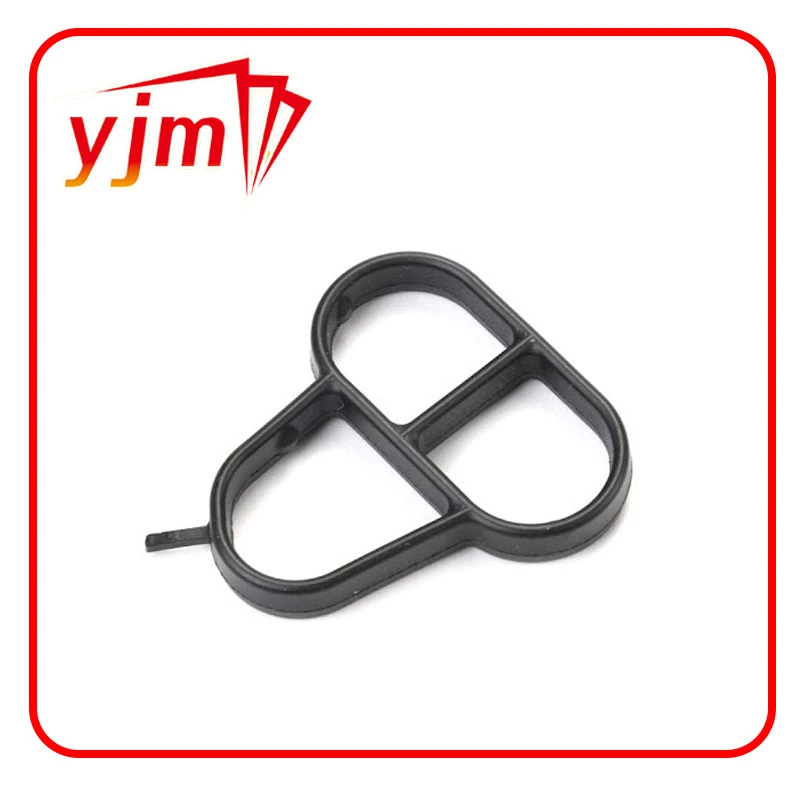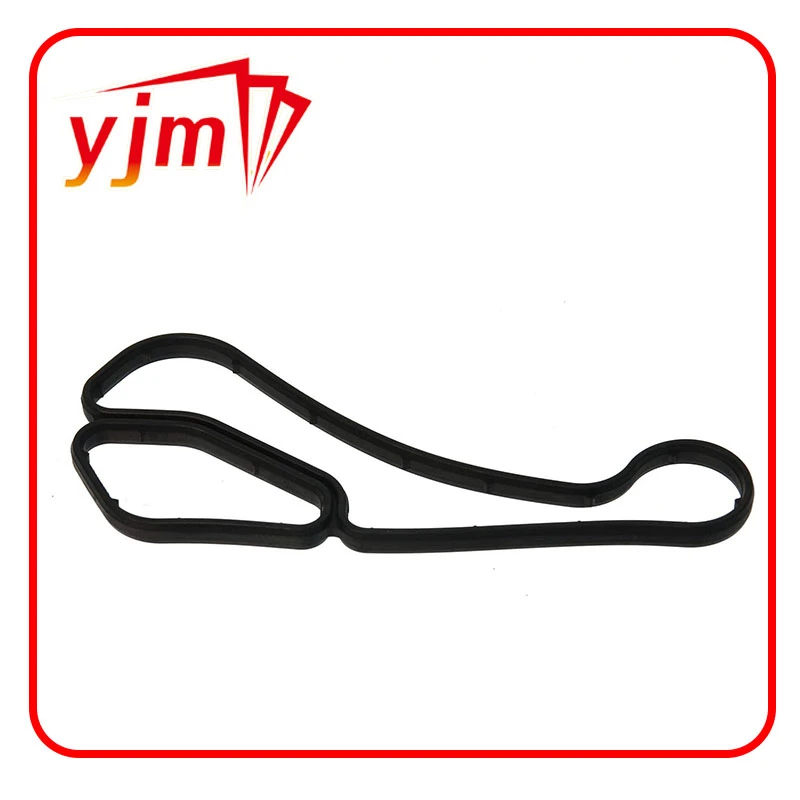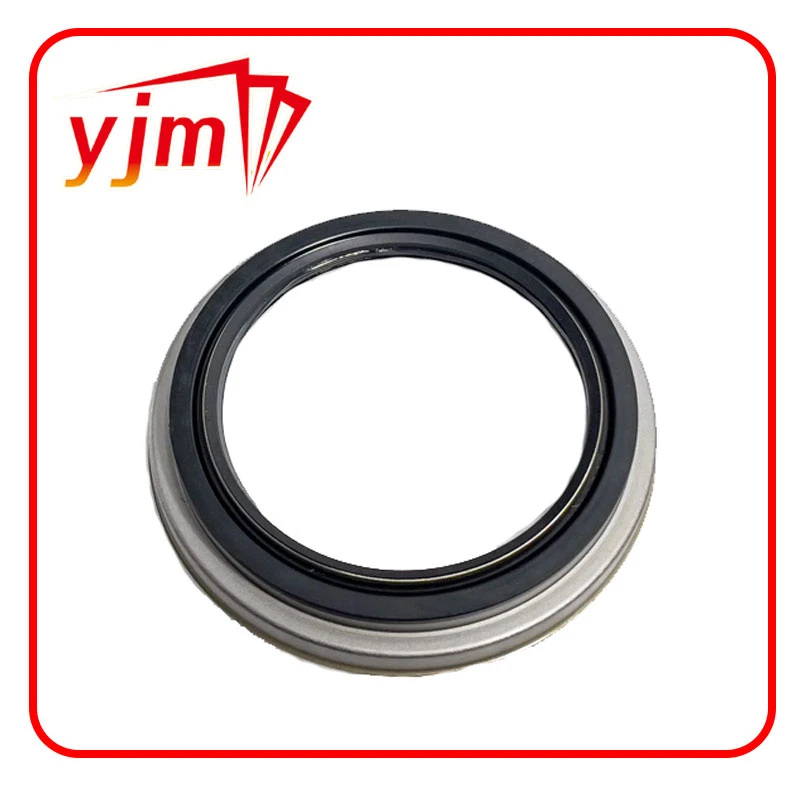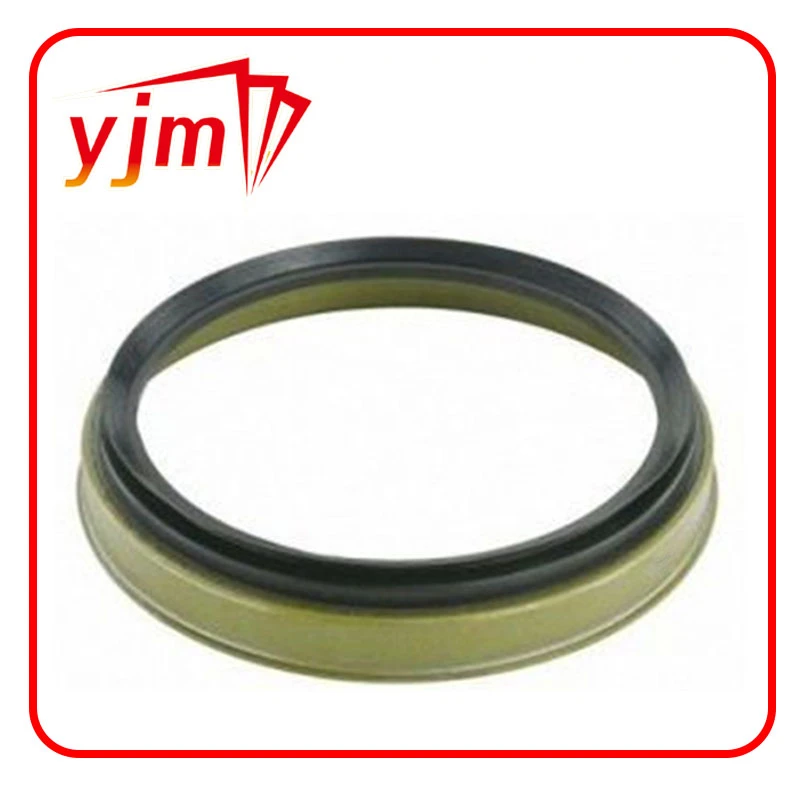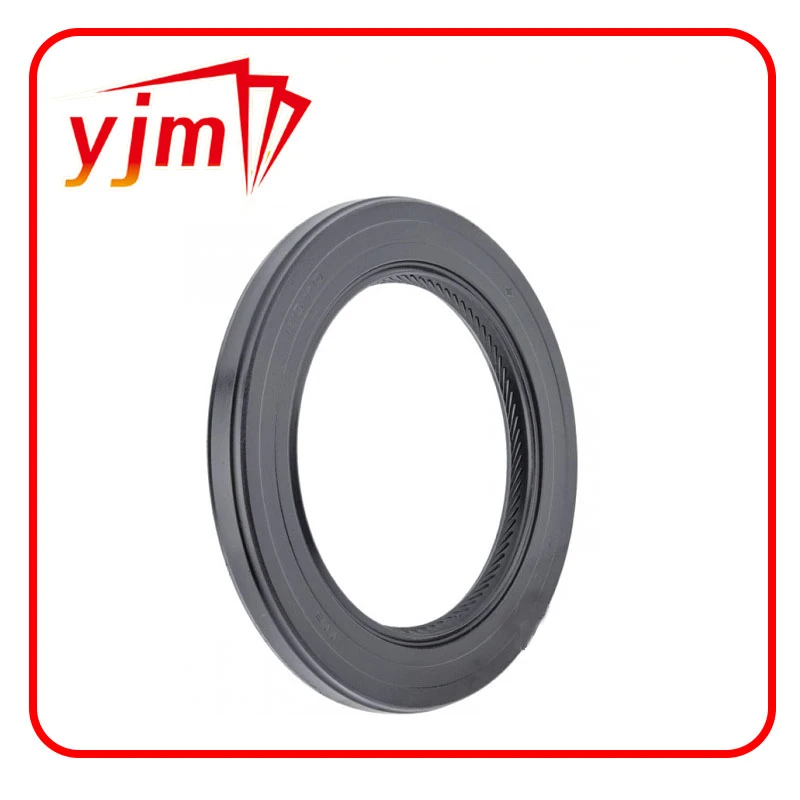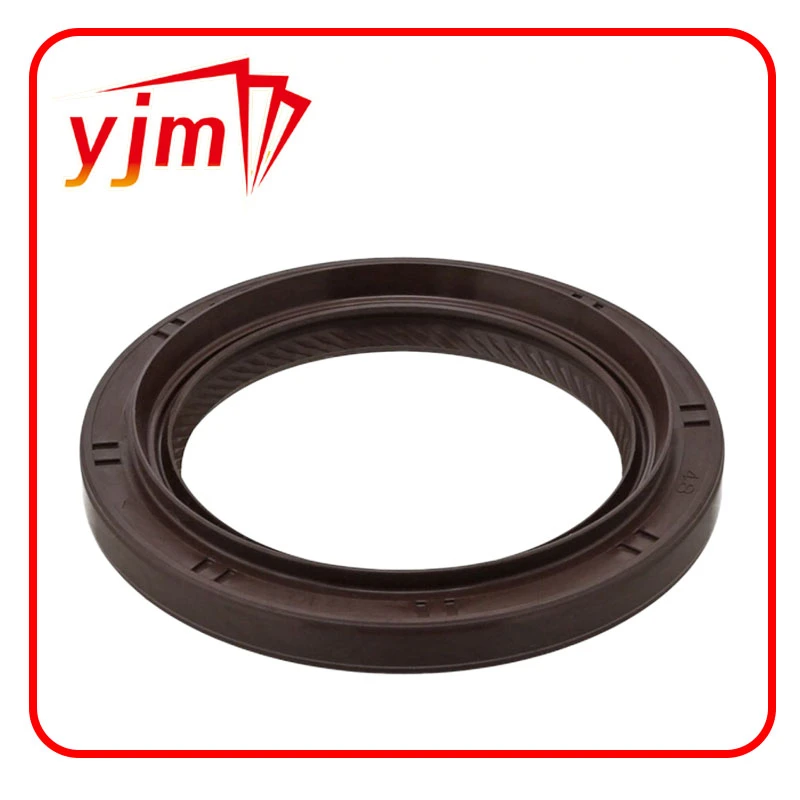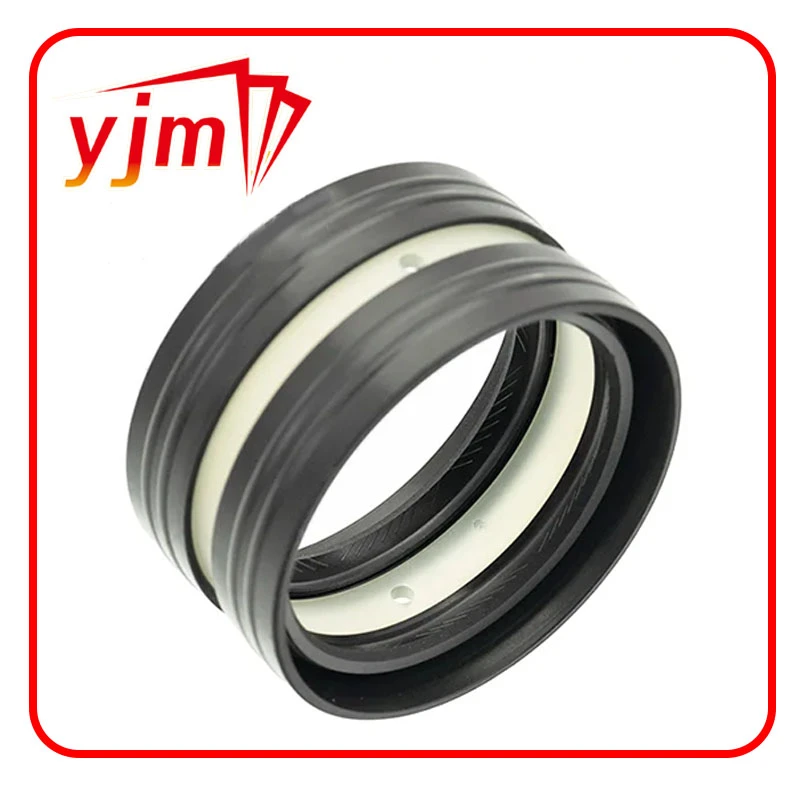Reliable Oil Seal 25 40 7 for Industrial Applications
Why the Oil Seal 25 40 7 Still Holds Its Ground in Industrial Use
Having spent a good chunk of my career amid hydraulic presses, conveyor lines, and the general hum of heavy equipment, one thing’s always stuck with me: the humble oil seal is a quietly heroic component. Take the oil seal 25 40 7 – it’s a classic example of engineering simplicity meeting rugged reliability. Though it might seem like just another rubber ring, its role is utterly critical when it comes to keeping machinery leak-free and running smooth.
Oddly enough, oil sealing technology hasn’t changed drastically in decades, but the exact specs – like a 25mm inner diameter, 40mm outer diameter, and 7mm thickness – are tailored precisely for many mid-sized industrial shafts. What’s interesting is that engineers still swear by these standard sizes. It’s like the “jeans” of the sealing world: reliable, fitting just right, and easy to swap out.
Material Choices and Design: Why They Matter Here
You’d think an oil seal is just rubber, but it’s a bit more nuanced. The oil seal 25 40 7 typically uses nitrile rubber (NBR) for the lip area, balanced by a sturdy steel casing to hold shape and resist pressure. NBR is a favorite because it resists petroleum oils, which are common around industrial gearboxes and engines. I remember one job where a customer tried a cheaper, generic seal made with an inferior compound—it lasted barely a month under continuous operation. Lesson learned: don’t skimp on material quality.
Moreover, these seals often include a garter spring inside the lip, ensuring snug contact with the rotating shaft. The design may sound small, but it’s a major factor in reducing leakage and extending the seal life. Seals without a proper spring tend to leak faster — no surprise. Many engineers say that longevity stems from sound design and uncompromising quality in materials.
A Quick Look at Oil Seal 25 40 7 Specifications
| Specification | Details |
|---|---|
| Inner Diameter (ID) | 25 mm |
| Outer Diameter (OD) | 40 mm |
| Thickness/Width | 7 mm |
| Material | Nitrile Rubber + Spring Steel |
| Temperature Range | -30°C to +100°C |
| Typical Application | Heavy machinery, gearboxes, pumps |
Choosing the Right Vendor: A Brief Comparison
Now, I can't stress enough how much the choice of supplier matters. It’s not just about the price; reliability, lead time, and product consistency can make or break a maintenance schedule. Here’s a quick vendor comparison I’ve compiled over the years for the oil seal 25 40 7:
| Vendor | Quality | Delivery Time | Price | Customization |
|---|---|---|---|---|
| YJM Seal | High (ISO certified) | 3-5 days | Competitive | Yes, custom sizes |
| Generic Supplies Inc. | Medium | 7-10 days | Lower | Limited |
| SealTech Pro | Very High | 5-7 days | Higher | Yes |
Funny story – a colleague once pointed out that the simplest parts like this seal often cause the longest downtime when they fail unexpectedly. Appearance can be deceiving, and a wrongly chosen seal can trigger cascading issues, especially in conveyor systems handling delicate parts or fine powders.
From my experience, the oil seal 25 40 7 is about more than just specs – it embodies a philosophy in maintenance: trust the standard, don’t cut corners, and always keep spares handy. A wise engineer once told me, “If you treat seals well, seals treat your machines better.” Honestly, that stuck.
So next time you’re sourcing seals or planning maintenance, keep in mind that behind the rubber and metal, there’s decades of industrial know-how — and a bit of that legacy is packed right into the oil seal 25 40 7. It’s a small part that quietly keeps big machines humming.
To wrap up, while the specs and vendor choice matter, in-field feedback and quality control wins the day every time.
References & Reflections:
- Machine Maintenance Logs, Industrial Site Visits 2018-2023
- “Sealing Solutions for Rotary Shafts,” Journal of Mechanical Engineering, 2021
- Personal correspondence with maintenance engineers in the conveyor industry
-
Seal 12x20x5: Precision Radial Shaft Seals for Industrial Reliability
News Nov.24,2025
-
Seal 12x18x5: Essential Guide to Specifications, Applications & Vendors
News Nov.24,2025
-
Understanding Seal 12 20 5: Applications, Specifications & Industry Insights
News Nov.23,2025
-
Durable Oil Seal 85x110x12 – Reliable Sealing Solutions for Industry
News Nov.23,2025
-
Durable and Precise Oil Seal 75x95x10 for Efficient Machinery | YJM Seal
News Nov.22,2025
-
Durable Oil Seal 75x100x10 for Reliable Industrial Performance | YJM Seal
News Nov.22,2025
-
High-Quality Oil Seal 65x90x10 | Durable & Reliable Sealing Solutions
News Nov.22,2025
Products categories

